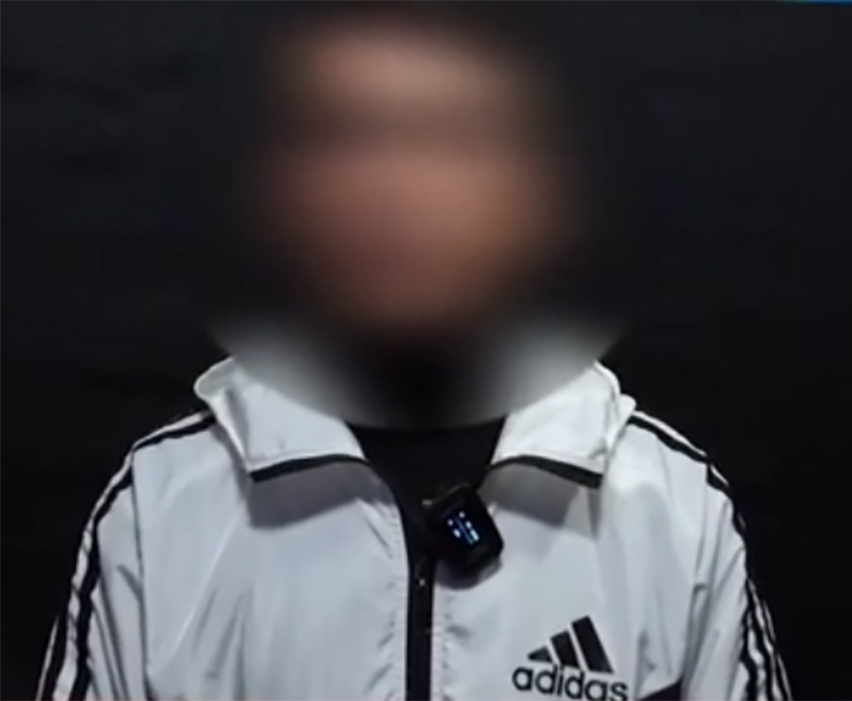This article is also available in:
Русский (Russian)
Uzbek
Uzbekistan has launched an active campaign against a new subculture — quadrobics, which is spreading rapidly among teenagers. The essence of this phenomenon lies in imitating animals: teenagers wear masks and accessories that mimic animals and copy their behavior. Originally emerging abroad, this movement has now reached Tashkent, raising concerns among authorities.
The Ministry of Internal Affairs (MIA) of Uzbekistan announced that it will fine parents whose children engage in quadrobics. The goal of this measure is to prevent potential negative consequences. However, the MIA’s decision sparked mixed reactions in society, splitting opinions into two camps. Vaib.uz investigated the situation.
Opponents of Quadrobics: Protecting Traditions and Morality
Some residents of Uzbekistan supported the government’s decision, stating that quadrobics is a manifestation of “harmful Western influence”. They also claimed that it promotes LGBT ideology and undermines traditional values. Critics fear that such subcultures could erode the cultural and moral foundations of society if not stopped early. In their opinion, children should be raised according to traditional values, not by imitating strange foreign movements.
Critics of the Decision: Fighting a Temporary Trend is Pointless
On the other hand, some people believe that fighting subcultures is pointless, as such trends emerge and fade naturally. Some users recalled previous youth movements, such as emos, goths, or K-pop, which eventually disappeared without any government intervention. Critics of the MIA’s decision questioned:
“Doesn’t the country have more serious problems to solve?”
They argue that fining parents for their children’s hobbies is excessive and overly strict. According to them, teenagers should be given the freedom to experiment and explore their identities, even if their interests seem strange or incomprehensible to adults.
Challenges and Possible Consequences
On the one hand, quadrobics may indeed have negative consequences, especially if it encourages antisocial behavior or distracts teenagers from their studies and families. In such cases, intervention from parents and society may be necessary.
On the other hand, repressing a subculture through force could provoke resistance among teenagers and lead to the opposite effect. Instead of disappearing, quadrobics could gain more popularity precisely because of the ban.
What Should Be Done?
The question of how to deal with such subcultures remains open. Dialogue and understanding from parents and teachers might be more effective than fines and bans. It is essential to explain to teenagers that experimenting with identity is a natural part of growing up, but it is also important to maintain balance and responsibility.
At the same time, society must recognize that new subcultures are inevitable, and their emergence is a natural process. Instead of fighting them, it may be more productive to focus on real issues such as education, youth employment, and cultural development — areas that will help young people find their place in the world.
The article may contain inaccuracies as it is translated by AI. For more details, please refer to the Russian version of the article. If you notice any inaccuracies, you can send corrections via the Telegram bot: Uzvaibik_bot.











